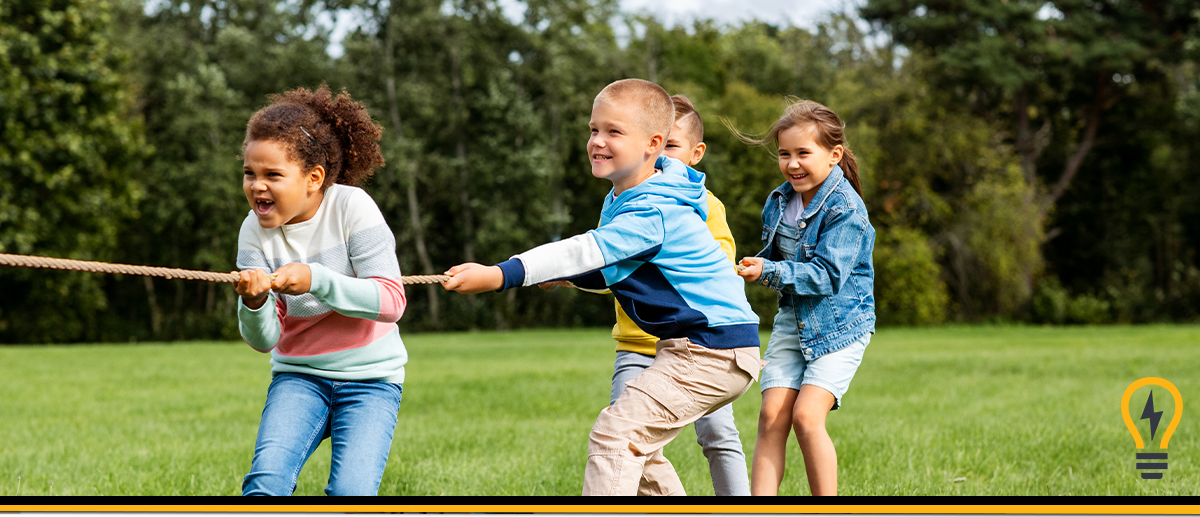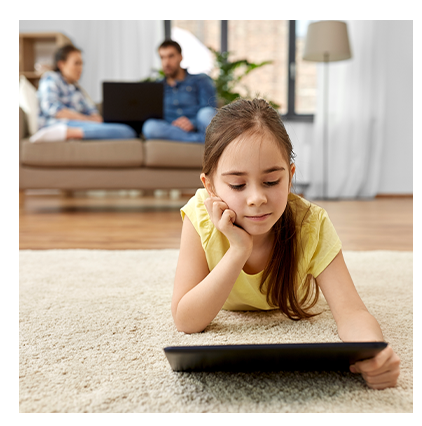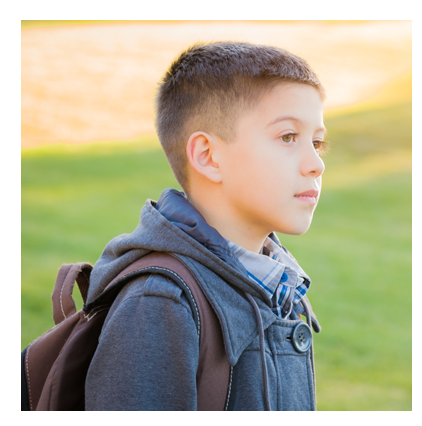
Not long ago, I found myself looking through my son’s baby book where I had diligently recorded the story of his early years. Included in these pages were his growth chart, health record, some of his early milestones, and pictures of his “firsts” including holidays, birthdays, and school days. Each page of this book held a memory. I lingered a bit longer, however, on the page with the letter I had written to my son in the first few days of his life. It captured the hopes and dreams I held for my only child. Among them I prayed for him to grow happy, healthy, and strong; to laugh, love, dream, aspire, and hope; and to succeed, fail, and reach out knowing that I would be there for him through it all. As I now fast forward a little more than thirty years, I have new hopes and dreams, this time for our first granddaughter as she begins to navigate this world.
Ask any parent—for that matter any adult who is lucky enough to have a special child in their life—and they are likely to have hopes and dreams they hold dear for these precious little ones. We want our children to be safe, to be happy, to have friends, to be curious about our world, and to pursue their passion.
Social and emotional learning is woven into our everyday lives. It focuses on a set of social, emotional, behavioral, and character skills that support our success in school, the workplace, our relationships, and our community. While we begin to learn these skills and behaviors in our home, we continue to refine and apply these skills throughout our lifetime.

Social and emotional learning is not new, although you may have known it as character education or resiliency skills in some earlier form. With over 30 years of research to support social and emotional learning, the goal is to develop healthy and positive strategies to recognize and manage emotions, set and achieve positive goals, appreciate the perspectives of others, establish and maintain relationships, make responsible decisions, and constructively handle interpersonal situations.

For me, some of the most compelling research is the link between social and emotional learning and the increase in students’ academic performance. “Children who are able to effectively manage their thinking, attention, and behavior are more likely to have better grades and higher standardized test scores” (Jones et.al, 2018. p. 15). Considering our experience throughout the pandemic with disrupted learning and learning loss, it is imperative that we consider all proven strategies to support student learning and academic progress.
There is reason to embrace social and emotional learning as an integral part of the learning experience. For some, however, social and emotional learning makes us uneasy. There are several reasons for that and steps we can take to deepen our own understanding and be vigilant in monitoring the classroom implementation.
- For some, social and emotional learning may be new or unfamiliar and they are not confident in their ability to apply the skills and strategies in ways that support student learning. In fact, this has been true for some teachers as well. Many SEL programs include a parent component designed to introduce parents and caregivers to the skills and strategies that support students’ social and emotional development. Become familiar with what is being taught in the curriculum.
- Others have concerns that social and emotional learning teaches values. SEL does not teach values. Instead, SEL curriculum focuses on the CASEL competencies, which emphasize learning and applying knowledge and skills about emotions, dealing with stress, social relationships, and each student’s sense of self. While the curriculum indicates what should be taught, how it is taught is the implementation. Seek information that offers insights into how SEL is being implemented in your school or district.
- Finally, some think that SEL programs are co-opting the role of parents or families. Teachers recognize the important role that parents play in laying the foundation for the social and emotional learning of our children. As schools continue to build and reinforce these important skills and strategies, as well as introduce them to students who have not been exposed to them in the home, they will cultivate in all students the communication and self-regulation skills required to navigate a complex world.
A final story. Every summer our local community hosts a three-day summer festival, a time for the community to gather and celebrate with games, activities, music, food, and more. On “Family Day,” one of the activities is a Diaper Derby with categories for crawlers and for walkers. At 15 months old, our granddaughter is a confident walker and joined her mommy at the start of the race. The goal was simply to run a short distance on the grassy lawn into her daddy’s arms. A wide smile filled Elsie’s face as she left the starting line and headed towards her daddy. Seconds into the race, a little boy unexpectedly ran across the lawn knocking her to the ground. While she stayed on the ground for a few moments, there were no tears. When she stood up, she looked at the boy and signed, “All Done.” Then she moved around him and continued towards her daddy. At one point, she looked back at the boy who was still on the ground, and then ran the rest of the way into her daddy’s waiting arms. In her own way, what did Elsie demonstrate? It’s fun to try new things. You may face obstacles, but you don’t have to let them stop you. You can persevere. You can show empathy. You can complete your goal.
Let us take the opportunity each day to help our children build the skills and strategies they will need to be successful throughout their lifetime.





